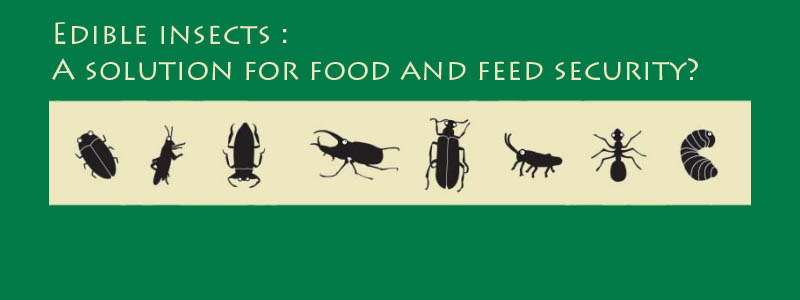
Read our publications on this overlooked protein supply
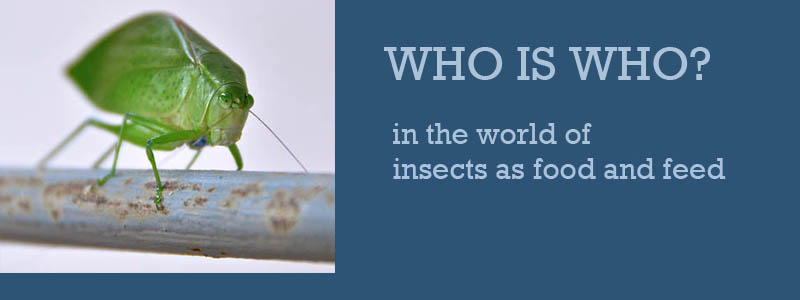
COME AND JOIN THE NETWORK!
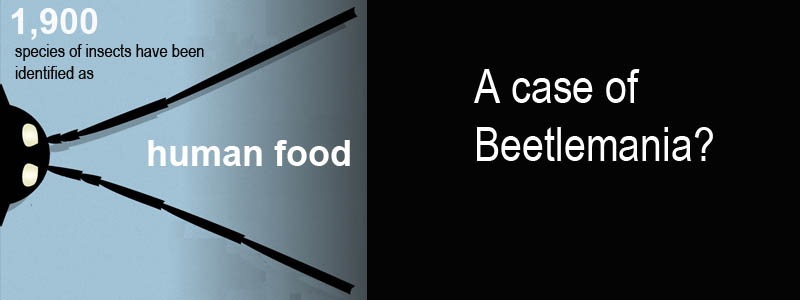
FOR MORE FACTS, CHECK OUT THE INFOGRAPHICS PAGE
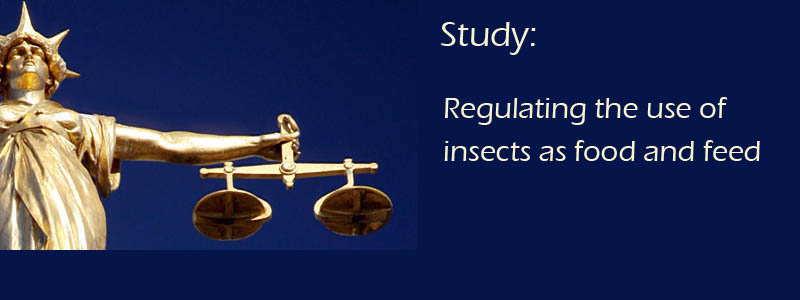
Governing the future of food and feed
Trends towards 2050 predict a steady population increase to 9 billion people, forcing an increased food/feed output from available agro-ecosystems resulting in an even greater pressure on the environment. Scarcities of agricultural land, water, forest, fishery and biodiversity resources, as well as nutrients and non-renewable 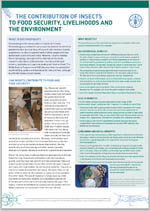 The Contribution of Insects to Food Security, Livelihoods and the Environment Edible insects contain high quality protein, vitamins and amino acids for humans. Insects have a high food conversion rate, e.g. crickets need six times less feed than cattle, four times less than sheep, and twice less than pigs and broiler chickens to produce the same amount of protein. Besides, they emit less greenhouse gases and ammonia than conventional livestock. Insects can be grown on organic waste. Therefore, insects are a potential source for conventional production (mini-livestock) of protein, either for direct human consumption, or indirectly in recomposed foods (with extracted protein from insects); and as a protein source into feedstock mixtures. Since 2003, FAO has been working on topics pertaining to edible insects in many countries worldwide. FAO’s contributions cover the following thematic areas:
News
| Upcoming events
Related sites
ContactFor insects for food: For insects for feed: For edible insects and nutrition: |



